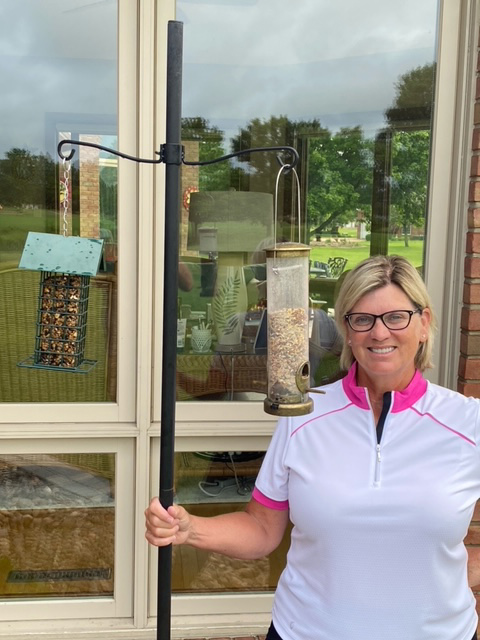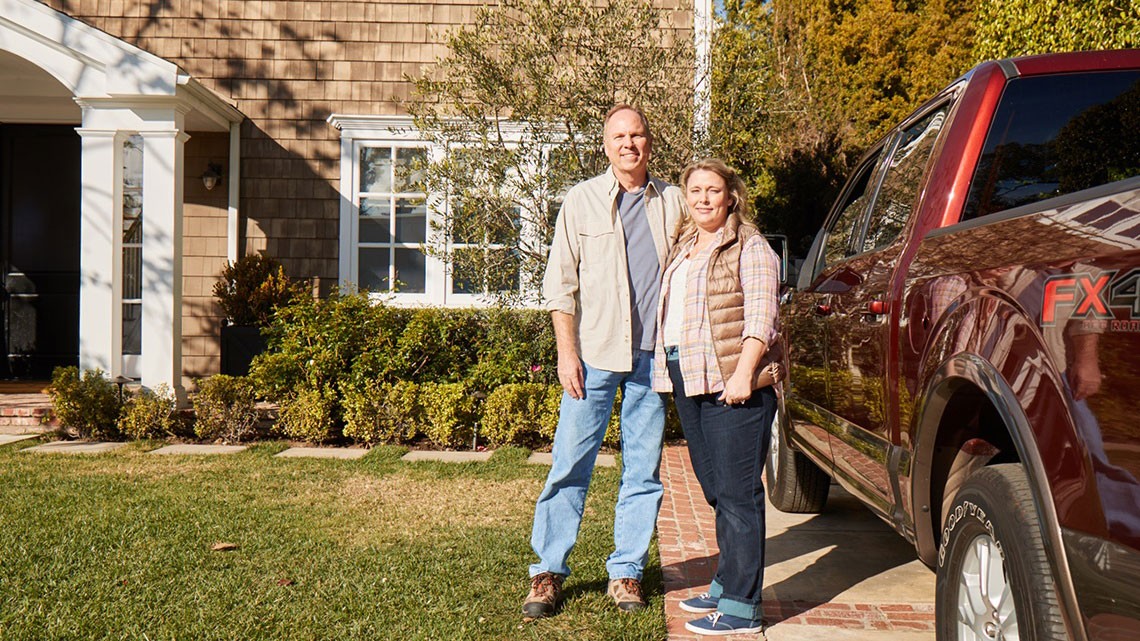Staying Fit


Lenore Foster, 76, used to have bird feeders in the front yard of her home in Kerhonkson, New York.
Although Foster loved watching the birds, she also recalls the hassle of having to find metal storage containers to keep her birdseed safe from rodents. Then there were the squirrels that invaded her feeder, knocking seeds onto the ground and making a mess. A rabid raccoon once took over the feeder, and the birdseed eventually attracted a hungry bear.


AARP Membership— $12 for your first year when you sign up for Automatic Renewal
Get instant access to members-only products and hundreds of discounts, a free second membership, and a subscription to AARP the Magazine.


Better Ways to Bird-Watch
If you’re willing to put in the work, bird feeders can offer a fun way to watch native birds in your own backyard. But Adam Brewerton with the Utah Department of Wildlife Resources says there is a far easier way to enjoy them, without the costs or maintenance involved in keeping a bird feeder.
He suggests attracting local birds to your yard by planting natives — “plants that will provide some type of habitat or food source or cover.”
Attracting birds in this more natural way allows people to “see and enjoy them, but it won’t necessarily pull them in high concentrations like a feeder,” he says. Plus, he says, “a lot of the concerns about disease, upkeep and maintenance go away.”
Opt for plants with funnel flowers, like penstemon, which hummingbirds enjoy, or ask your local garden shop for recommendations about plants that attract insects and other local pollinators. Brewerton also recommends berry-producing plants, like snowberry shrubs, that birds like to feed on.
“We watched as a black bear pulled the pole right out of the ground and carried it, along with the feeder, into the woods, never to be seen again,” says Foster. “And that was the end of my bird feeders in the mountains.”
Foster is not alone. Many people with bird feeders have had unexpected adventures. “Bird feeders are definitely a responsibility,” says Jordan Rutter, director of public relations for the American Bird Conservancy. “They have a lot of great things that come with them, like being able to have birds closer to you. But they also require regular upkeep, both for your own health and the birds’.”
Bird feeders can be messy and unhygienic, and they may even put local birds in harm’s way.
Here are seven reasons you may not want a bird feeder.
1. Bird feeders are messy
Birds are not the cleanest of eaters. They flick seeds and shells all over the ground — “especially with sunflower seeds or peanuts that come in shells,” says Rutter. “Birds don’t have teeth, so they’re not chewing. But as they are getting to the actual feed they want to eat, they can leave behind remnants of those seeds.”
Those leftover seeds can cause unwanted flowers and plants to sprout beneath your feeder. And birds poop frequently, which means droppings all over your bird feeders and the need for frequent cleaning.
2. There’s a lot of upkeep
“Bird feeders are basically the kitchens and dining rooms of our backyards,” says Rutter. “So bird feeders are similar to plates and glasses and silverware that people would eat from.”
We wash our dishes and utensils after each use; Rutter says we should think of bird feeders in a similar way — with the need for regular cleaning and fresh birdseed. This helps to keep a feeder hygienic and prevents old or moist seed from causing mold to grow.
Rita McMahon, director of the Wild Bird Fund, says you should ideally clean a bird feeder at least once a week, using a 10 percent bleach and 90 percent water solution. And anytime seed gets wet, you’ll want to replace it.





































































More From AARP
7 Surprising Spots for Incredible Bird Watching
Seasoned birders say these are the best places to see wonder on the wing4 Top Listens for Bird Lovers
Podcasts to entertain and educate big bird watchers or casual fansBirding is Cool Again
How and where to enjoy this lofty, affordable and suddenly booming pastime